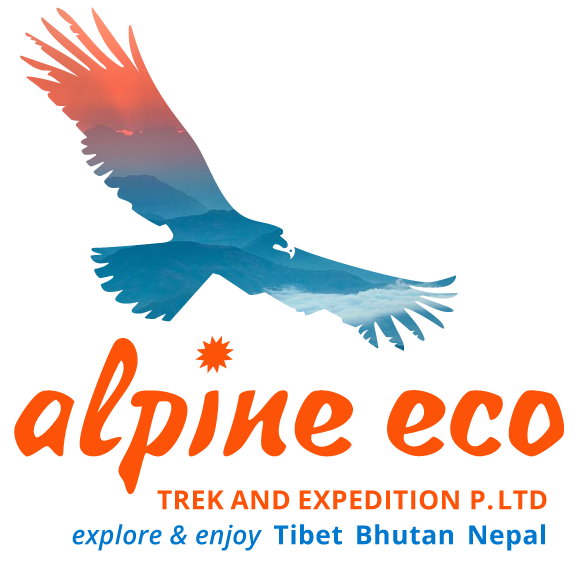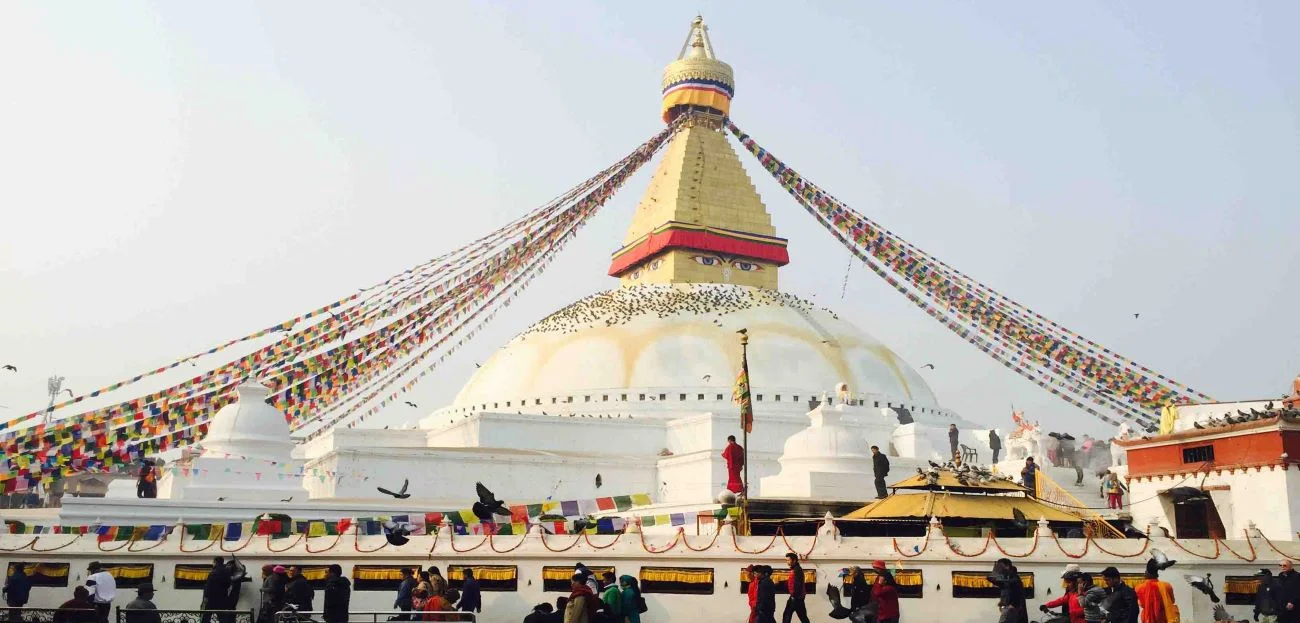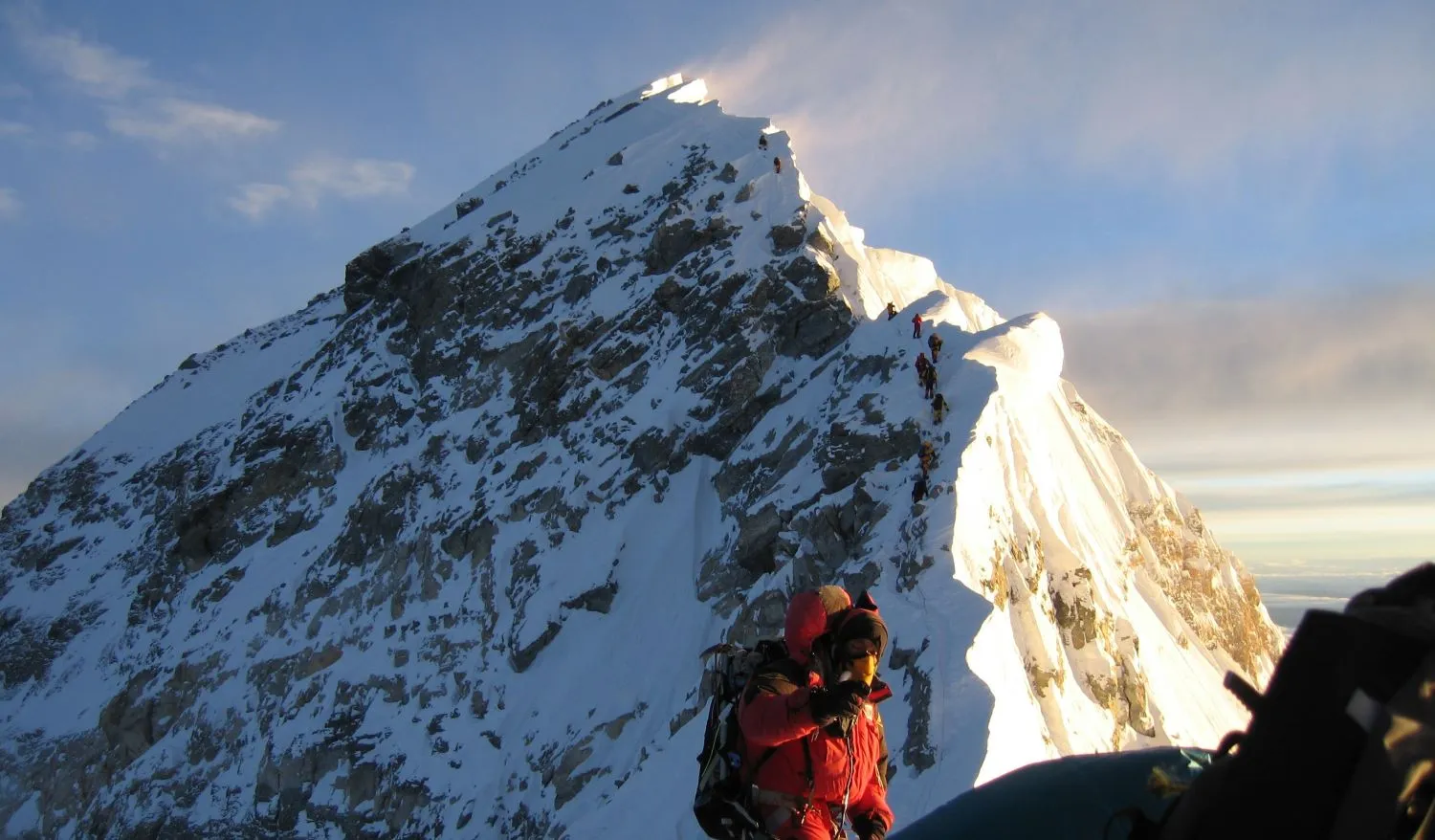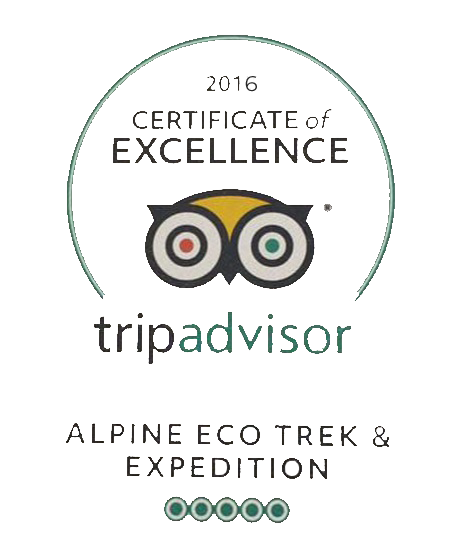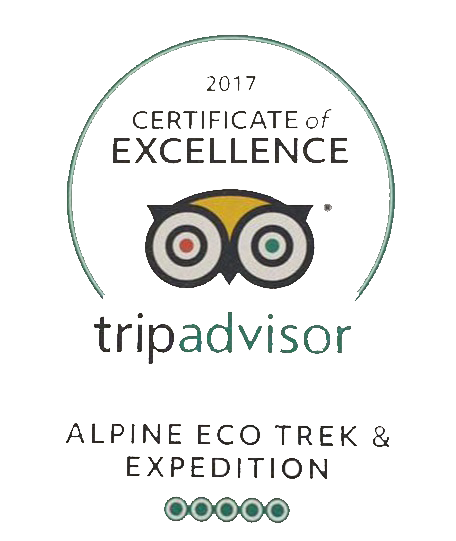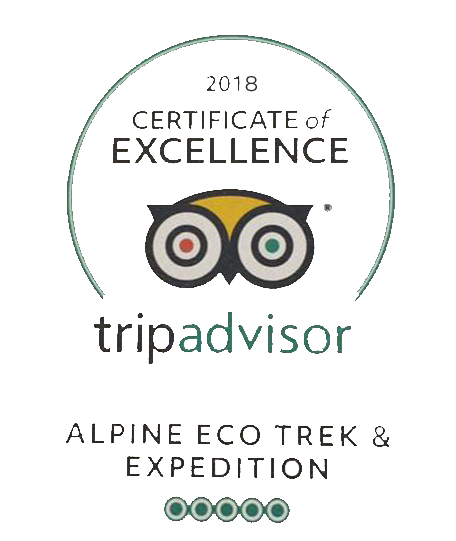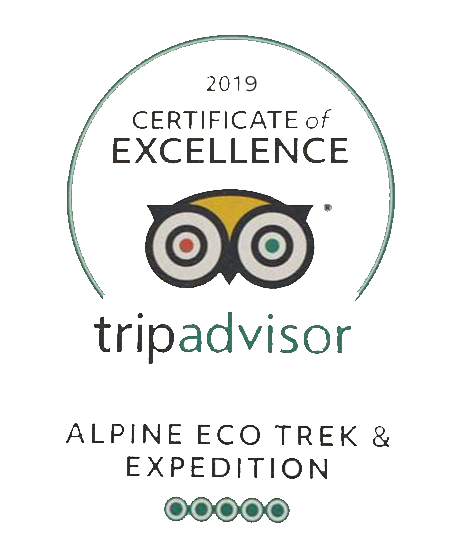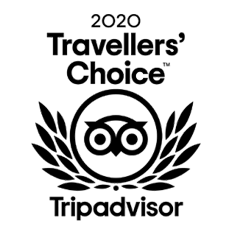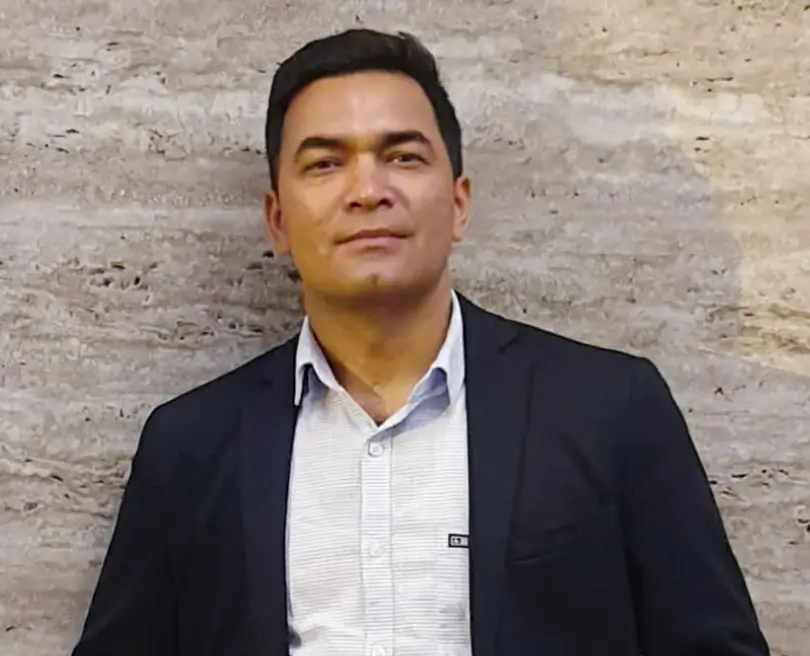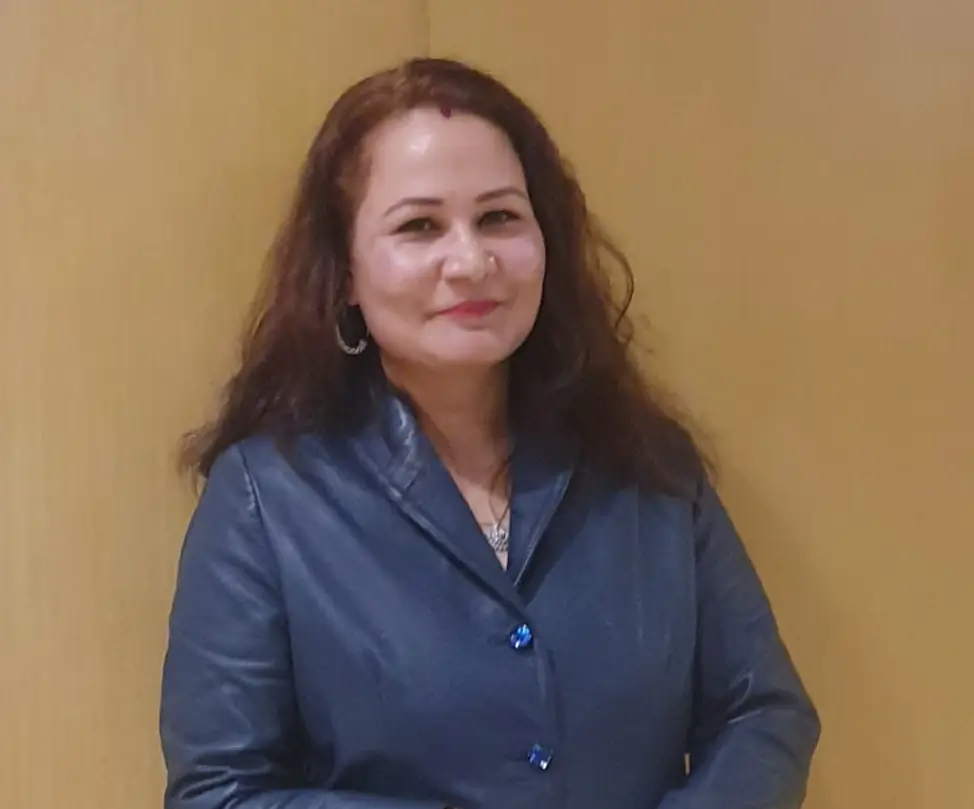A Complete Guide for Nepal Visit
-
December 26, 2022
-
Ram Kumar Adhikari
A Complete Guide for Nepal Visit
The presence of the great Himalayas throughout the country’s northern periphery, lush green hills sheltering different species of flora and fauna, and various monuments showcasing the country’s rich culture and history make Nepal an almost mythical country.
Temples, medieval palaces, and pilgrimage sites line the Kathmandu Valley with modern places of entertainment like theatre and clubs. Mostly famous for the UNESCO World Heritage Sites, the valley boasts narrow cobbled streets full of spice bazaars, shrines, and artisan workshops.
The mountainous region of the country is sparsely populated and is the center for mountaineering and peak climbing. However, Nepal is not just for trekkers or mountaineers. There is something for everyone. The wide variety of travel options available offers experiences beyond the mountains. Adventure sports like white-water rafting, bungee jumping, rock climbing, and many more will make anyone want more of what this country has to offer.
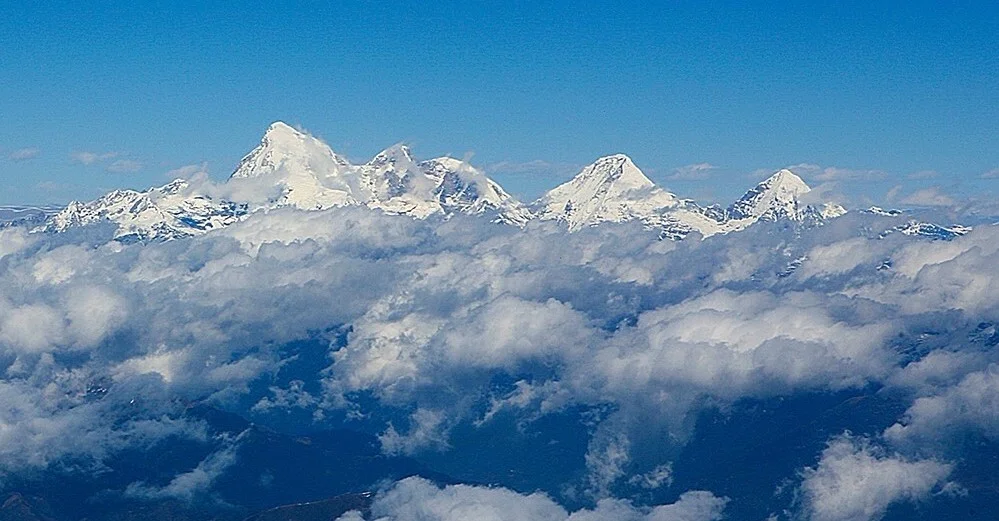
Quick Facts of Nepal
Capital of Nepal: Kathmandu
Currency: Nepalese rupee (NPR)
The population of Nepal: 29.5 million
Area: 147,181km²
Languages in Nepal: Nepali and tribal languages. English is widely spoken
Time in Nepal: GMT+5.45
Religions: Hinduism and Buddhism
International dialing code for Nepal: +977
Voltage in Nepal: 220V 50Hz AC
Internet TLD: .np
ISO 3166 code: NP
Drivers on the: Left
Is Nepal Safe to Travel?
Yes, Nepal is a very safe country for travelers. Tourists feel safe traveling in the country, perhaps due to the local people’s kindness and hospitality. The Nepalese people are very welcoming and are excellent hosts who always try their best to make you feel at home.
Over the past ten years, tourism in the country is growing at an exponential rate. In 2019, 1.17 million tourists visited Nepal. As the major source of income for the country, the government promotes tourism, ensuring the safety and ease of tourists.
When is the best time to visit Nepal?
The Autumn season (October to December) is the best time to visit Nepal as the skies are clear and the views are spectacular. The weather remains dry until April.
January and February are freezing, especially at night, but traveling in Nepal around this time will reward you with incredible panoramas and quieter trekking trails. March onwards, the temperature increases, and days are cloud-free. Late spring is a wonderful time to travel as well. The rhododendrons burst into bloom, and the trails become more mesmerizing.
The heat and humidity levels build up from May until the monsoon rains arrive in June, and the clouds mask the beautiful views of the mountains. Nepal celebrates different festivals all year round, so there is often a festival or pilgrimage taking place. Ask us for more details as the festival dates often change from year to year.
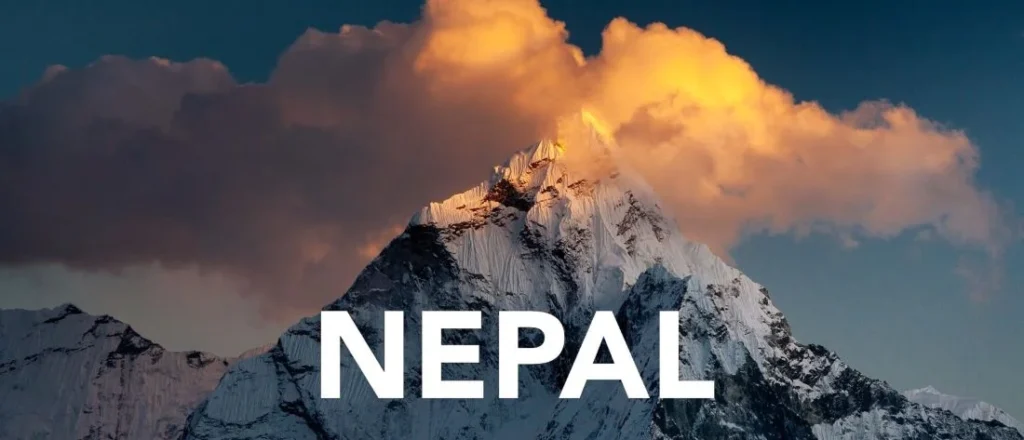
Do I need a visa for Nepal?
All foreign citizens (except Indian passport holders) require a visa to enter Nepal. Visas are obtainable from Nepalese embassies and consulates abroad as well as on land borders and from the Immigration counter after landing at Tribhuvan International Airport (TIA). However, some nationals do not qualify for an On Arrival visa.
Getting a visa at the airport or land borders can sometimes take time due to long queues. You also need to provide two passport photos and the following fees in US dollars (subject to change, cash only).
Visa Fees:
Visa valid for 15 days – US$30
Visa valid for 30 days – US$50
Visa valid for 90 days – US$125
How about food and drinks?
Nepali food is generally less spicy than in the rest of the Indian subcontinent. The national dish is Dal Bhat – rice and lentils along with side dishes like seasonal vegetables, pickles, and salads. In Kathmandu, you’ll also find many restaurants serving Tibetan and Indian cuisine.
Local liquors include Chyang (barley beer), Arak (spirit brewed from potatoes), and Raksi (distilled rice wine). If you want something non-alcoholic, coconut water, and Lassi (a sweet yogurt drink) are great refreshers. Do not leave Nepal without trying a cup of Chiya – sugary, milk tea infused with cinnamon, cardamom, and cloves.
You should not drink tap water in Nepal. Filtered water is a better option and carries a refillable water bottle rather than buying bottled water. It is better to purify the filtered water with chlorine and iodine tablets before drinking.
How about accommodation?
In Nepal, you will have many choices for accommodation, depending on your trip budget. The major cities, Kathmandu and Pokhara, have the largest selection of hotels, ranging from historic boutique options to simple, family-run guesthouses and even international standard hotels like Marriott and Sheraton.
However, while going trekking in the rural parts of the country, the options are limited to family-run lodges and teahouses. Despite being small and not having modern infrastructures, these lodges and teahouses provide excellent service along with clean, healthy, and organic food.
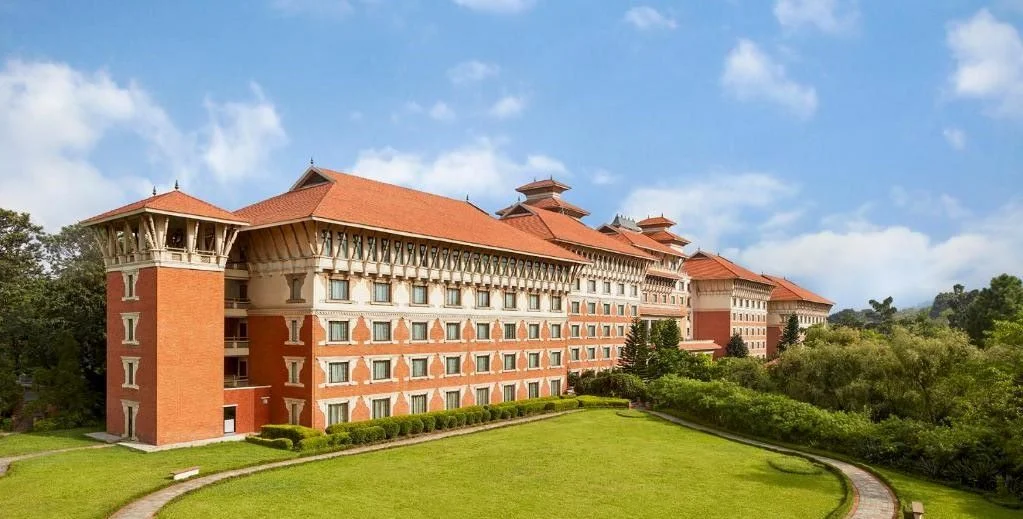
How about phone and internet access?
Most hotels, restaurants, cafes and bars offer free Wi-Fi accessibility in towns and cities. While trekking, Wi-Fi may be available in teahouses and lodges for a small cost.
For phone communication, we advise you to buy a Nepalese SIM Card. You can buy it for a very low price from the Nepal Telecom office at Sundhara or other local distributors. You will have to submit a form and other required documents like a photocopy of your passport and a passport-sized photograph. You can use this SIM-Card for mobile data internet usage as well.
Please note that most teahouses do not have electrical outlets in rooms to charge devices but are shared in the main dining area, for an additional fee. You should carry a portable solar charger to stay on the safe side.
Is electricity available in Nepal?
Hydroelectric dams produce electricity in Nepal. The output voltage from the wall outlet is 220V AC, and the frequency is between 50-60Hz. Visitors from countries that use different voltages and frequencies should ensure that their adapter/charger can work within this setting. The United States, for example, uses around 120V AC. Thus the devices do not work in specific voltage ranges. In such cases, you will require a stabilizer or voltage adapter.
Similarly, the standard Nepalese electrical outlet is the Form D outlet (three round triangles) common to India but will accept Euro plugs, and some will be retrofitted to accept American and/or British plugs. You can purchase simple adapters inexpensively for around NPR 80.
How about transportation in Nepal?
We arrange private vehicles or planes, as appropriate for your travel to Nepal.
During the Monsoon:
The monsoon season lasts from June to September, and the entire nation experiences heavy rain showers. Flooding and landslides are frequent at this time. Long queues of buses and other vehicles are common on highways, and air travel is also disrupted. Please understand that your itinerary can change at short notice.
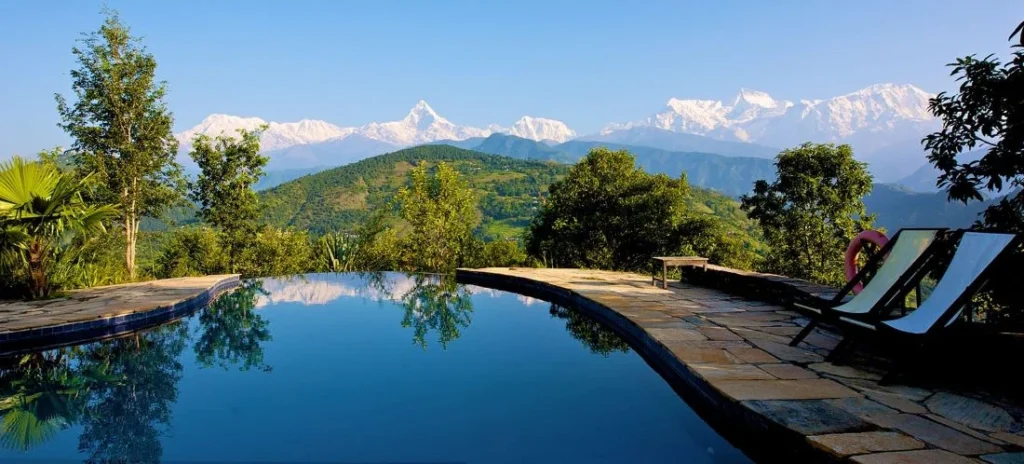
Road Travel:
Road works and infrastructure projects can cause significant delays on major roads within cities and even on highways. Road travel can also be disrupted due to strikes. Delays, heavy traffic, poor road conditions, and dust are common on Nepalese roads. You can protect yourself with a dust mask.
Air Travel:
Nepal’s only international airport, Tribhuvan International Airport, has a single runway that services both domestic and international flights. Cancellations and delays of internal flights are frequent in poor weather conditions and airports like Lukla and Juphal. Please ensure that you have an extra day before your departure.
How about money?
The official currency of Nepal is the Nepalese rupee (NPR). Its symbol is often displayed as Rs. You can find ATMs only in bigger towns and cities. Please note that the ATMs of only specific banks like Nabil, Standard Chartered, Investment, and Himalayan accept international cards.
Make sure you carry sufficient cash to cover your needs when traveling outside of cities like Kathmandu and Pokhara. Money exchange facilities are available in Kathmandu valley, Namche, Pokhara, and Chitwan (only outside the park). In cities, shops might as well accept credit cards, but having cash in hand is more comfortable.
Before departing on tour, make sure you have enough Nepalese currency to purchase meals and drinks (apart from the meals included in our tour package).
What do I need to pack?
Clothing depends on the place and time of your visit. Medium-weight and easy-to-wash cotton clothes are an excellent choice year-round in Kathmandu, Pokhara, Chitwan, and most other towns. If you are traveling between October to February, woolen sweaters, jackets, or other similar warm outfits are necessary.
From March through May, light clothing such as shirts will do perfectly fine. For months from June to August, you should bring an umbrella or raincoat and a pair of rain boots or plastic sandals with you for the rainy season.
If you intend to go trekking, a pair of work hiking boots, fleece jackets, joggers, warm gloves, and socks are mandatory. Also, bring warm inners, so that you can dress in layers. Specialized trekking gears are readily available, and you can rent them at a reasonably inexpensive charge in Kathmandu and Pokhara.
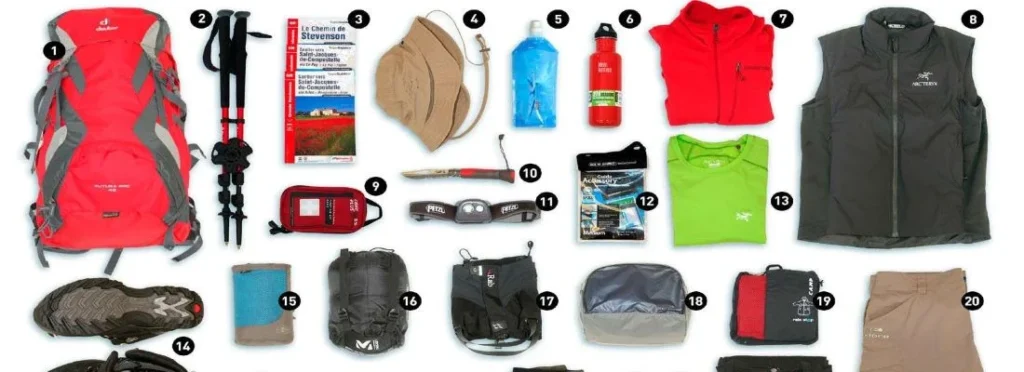
Can I shop in Nepal?
Arguably, the most exciting shopping centers, along with laneway shops offering different colorful art and handicrafts in Nepal, are located in Kathmandu. Before making a purchase, it’s a good idea to check with your local customs officials to ensure that you can bring the items back into your home country. Australia and New Zealand generally have strict quarantine laws.
Things to buy in Nepal
1. Prayer Flags
You don’t have to be a spiritual person to appreciate the beauty of vibrant prayer flags. Take some prayer flags home as a memory of Nepal.
2. Scarves and Wraps
Travelers will find top-quality cashmere in the boutiques and markets of Nepal, so take the chance to stock up on colorful scarves, pashminas, and wraps at reasonable prices.
3. Buddhist Art
If you like sculptures and paintings, you can get them to decorate your walls.
4. Beautifully colored, Thangkha and mandala paintings
These are commonly found in shops in Kathmandu and make a meaningful souvenir to take back home.
Do I need travel insurance?

We do request that you have proof on day one of your trips to have sufficient insurance coverage. When buying a travel insurance package, you would find at least a package worth 100,000 USD with emergency medical cost coverage, including repatriation for emergency medical expenses.
Please ensure you have your policy number and the emergency telephone number of your insurance company. If this is not available, please ensure that you have the details required to make a claim for your insurance in the event of an emergency.
You can also want to pick a package that provides benefits from trip cancellation. In certain situations, this can cover cancellation penalties if you have to cancel your trip unexpectedly because of unforeseen circumstances such as sudden illness. Please note that cancellation insurance will cover only for specific reasons stated in your insurance policy contract.
